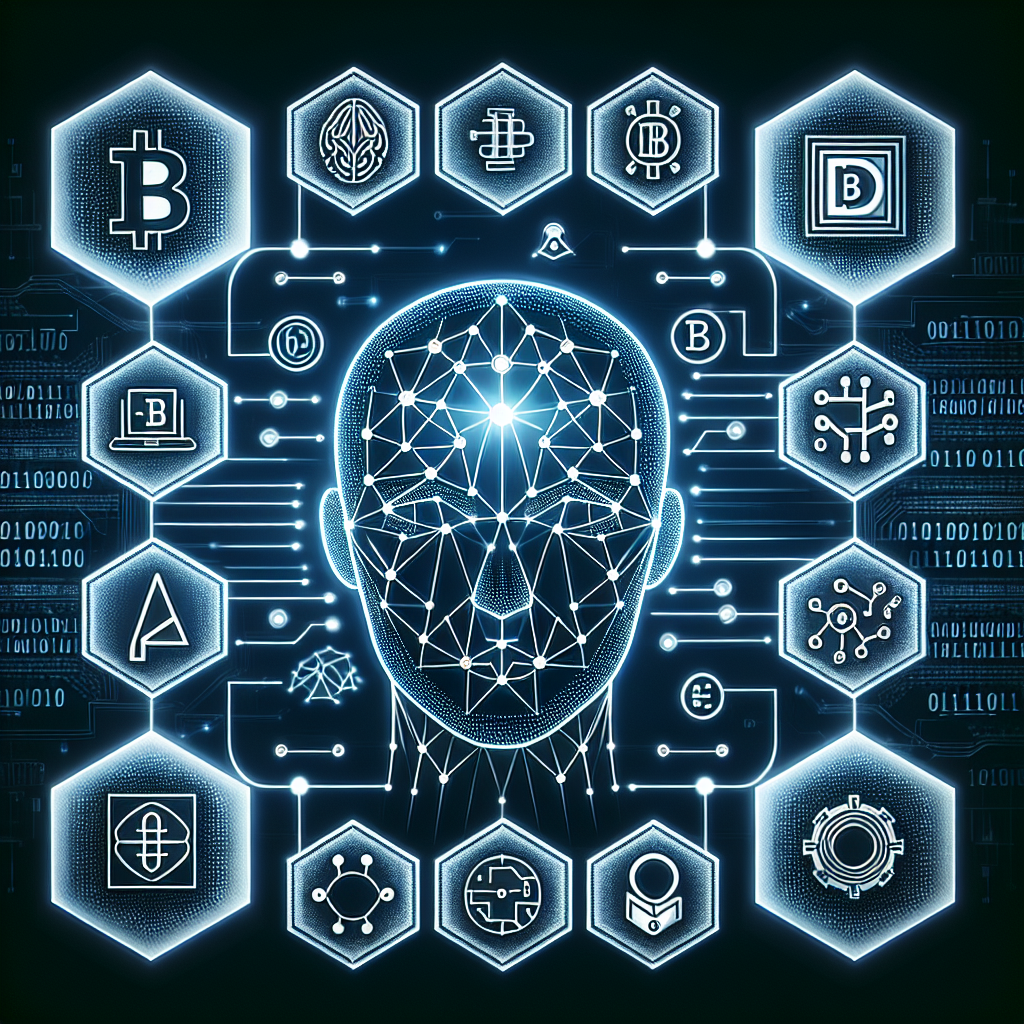In recent years, the worlds of artificial intelligence (AI) and blockchain technology have been rapidly evolving, with each having a profound impact on various industries. When combined, these two technologies have the potential to revolutionize the future of banking, offering increased efficiency, security, and transparency. In this article, we will explore how AI and blockchain are coming together to reshape the banking industry and what this means for the future of finance.
AI in Banking
Artificial intelligence has already made significant strides in the banking sector, with many financial institutions using AI-powered tools to improve customer service, streamline operations, and enhance risk management. AI algorithms can analyze vast amounts of data in real-time, enabling banks to make more informed decisions and provide personalized services to their customers.
One of the key applications of AI in banking is in customer service. Chatbots powered by AI can interact with customers in a natural language, providing instant support and assistance. These chatbots can handle a wide range of queries, from account balances to transaction history, without the need for human intervention. This not only improves customer satisfaction but also reduces the workload on bank staff, allowing them to focus on more complex tasks.
AI is also being used in fraud detection and prevention. Machine learning algorithms can analyze patterns in customer behavior and flag any suspicious transactions in real-time. This proactive approach to fraud detection can help banks to minimize losses and protect their customers from cyber threats.
Furthermore, AI is being used to improve credit scoring and risk assessment. By analyzing a wide range of data points, including credit history, income, and spending patterns, AI algorithms can provide more accurate and personalized credit scores. This not only benefits customers by offering them better loan terms but also helps banks to manage risk more effectively.
Blockchain in Banking
Blockchain technology, on the other hand, is known for its decentralized and transparent nature. Originally developed as the underlying technology behind cryptocurrencies like Bitcoin, blockchain has since found applications in various industries, including banking. Blockchain allows for secure and immutable record-keeping, making it ideal for transactions and data management.
One of the key benefits of blockchain in banking is in improving transaction speed and security. Traditional banking systems are often slow and prone to errors, as transactions pass through multiple intermediaries before being finalized. With blockchain, transactions can be processed instantly and securely, without the need for intermediaries. This not only reduces the time and cost of transactions but also minimizes the risk of fraud and errors.
Blockchain also offers improved transparency and traceability. Every transaction on a blockchain network is recorded in a decentralized ledger, which is accessible to all network participants. This means that banks can track the flow of funds in real-time, ensuring greater transparency and accountability. Additionally, the immutable nature of blockchain ensures that transactions cannot be altered or tampered with, providing a high level of security and trust.
Combining AI and Blockchain in Banking
When AI and blockchain are combined in banking, the result is a powerful synergy that can transform the industry. By leveraging the capabilities of AI and blockchain, banks can improve their operational efficiency, enhance security, and provide better services to their customers.
One of the key applications of AI and blockchain in banking is in Know Your Customer (KYC) processes. KYC requirements are essential for banks to verify the identity of their customers and comply with anti-money laundering regulations. By using AI algorithms to analyze customer data and blockchain technology to securely store and share this information, banks can streamline the KYC process, reducing the time and cost associated with customer onboarding.
AI and blockchain can also be used to improve cross-border payments. Traditional international transfers are often slow and costly, as they require multiple intermediaries and currency conversions. By using blockchain technology to create a transparent and decentralized payment network, banks can process cross-border transactions instantly and at a lower cost. AI algorithms can further optimize these transactions by analyzing exchange rates and selecting the most efficient route for funds transfer.
Furthermore, AI and blockchain can enhance risk management in banking. By analyzing large datasets in real-time, AI algorithms can identify and mitigate potential risks before they escalate. Blockchain technology can then be used to securely record and track these risk management processes, ensuring transparency and accountability. This integrated approach to risk management can help banks to proactively address emerging threats and protect their assets.
FAQs
Q: How can AI improve customer service in banking?
A: AI-powered chatbots can interact with customers in real-time, providing instant support and assistance with a wide range of queries. This improves customer satisfaction and reduces the workload on bank staff.
Q: How does blockchain improve transaction speed and security in banking?
A: Blockchain allows for instant and secure transactions without the need for intermediaries. This reduces the time and cost of transactions and minimizes the risk of fraud and errors.
Q: How can AI and blockchain be combined to streamline KYC processes in banking?
A: By using AI algorithms to analyze customer data and blockchain technology to securely store and share this information, banks can streamline the KYC process, reducing the time and cost of customer onboarding.
Q: How can AI and blockchain improve cross-border payments in banking?
A: By using blockchain technology to create a transparent and decentralized payment network, banks can process cross-border transactions instantly and at a lower cost. AI algorithms can optimize these transactions by analyzing exchange rates and selecting the most efficient route for funds transfer.
In conclusion, the combination of AI and blockchain technology holds great promise for the future of banking. By leveraging the capabilities of AI for data analysis and decision-making and blockchain for secure and transparent transactions, banks can enhance their operational efficiency, improve security, and provide better services to their customers. As these technologies continue to evolve, we can expect to see further innovations in the banking industry that will shape the future of finance.

